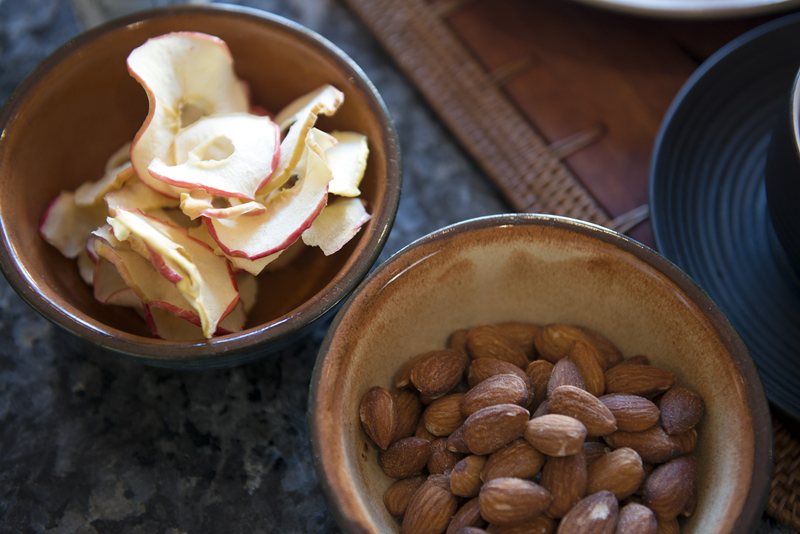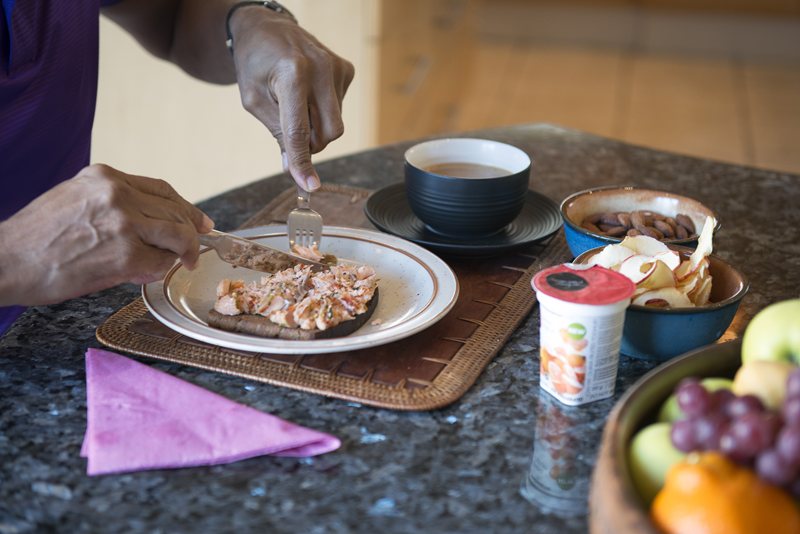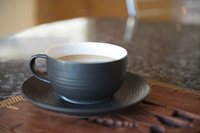In preparation for this climb, Prof Swartz has been excercising extensively and has been eating well. We visited him at his home to find out what his typcial breaksfact consisted of.




To ensure that climbers are adequately fueled for the climb they need about two litres of water and plenty of high-energy snacks like protein bars, peanut butter and chocolates.
But guess what?
Should our Vice-Chancellor forget to pack his favourite energy bars, he can buy them, as well as water, energy drinks or tea from mountain huts near the summit.
In keeping with the University’s value of respect for the natural environment, climbers are expected to carry all their garbage back down the mountain.
Mind over Fuji
A key to a successful climb of Mount Fuji to appreciate the mountain and reaching the summit is “mind over body.”
To avoid altitude sickness, you are advised to tackle the mountain at a slow pace, stay hydrated and make frequent breaks. An overnight stay at a hut around the 7th or 8th station is recommended as opposed to a straight climb to the top. Small bottles of oxygen are also effective in preventing and fighting altitude sickness.
If you are not an experienced hiker nor have trained properly, there is a real possibility of altitude sickness. Staying overnight at one of the hotels at the base of the mountain before starting the climb also helps with the acclimation process.
Lack of sleep can cause fatigue and even injury.
For safety, and to fully enjoy climbing Mount Fuji, a loose schedule, including a stop at a hut, is recommended.
Make an honest assessment of your physical strength, be prepared for delays, and set a reasonable plan.